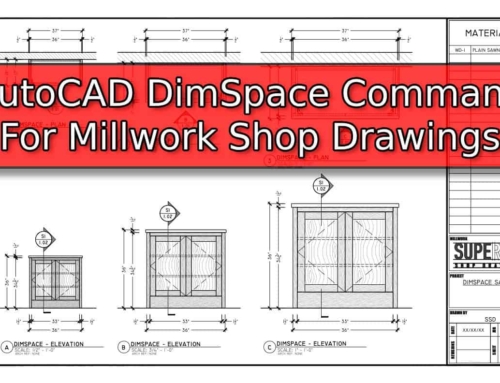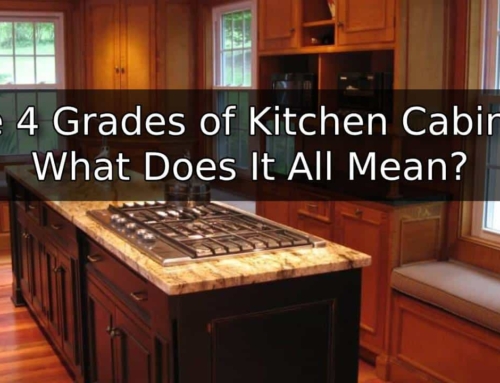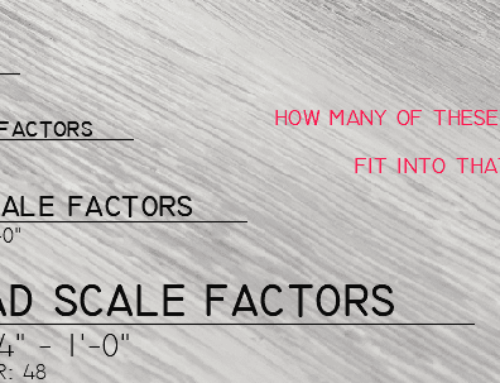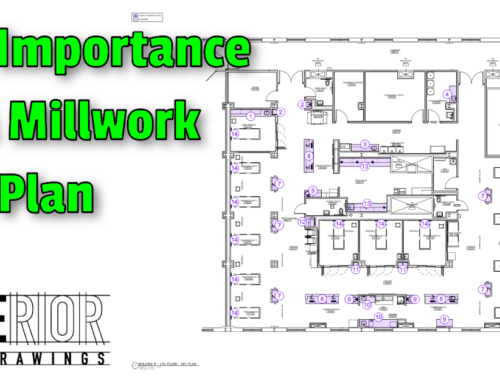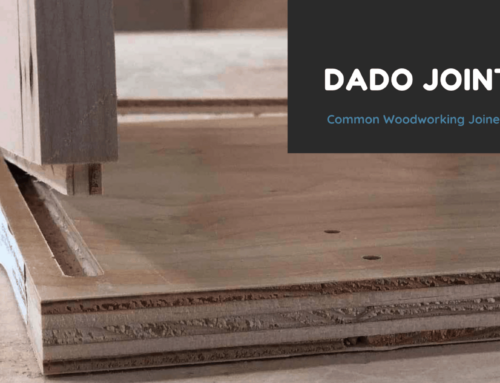
Kitchen cabinets have been around for over 100 years. Think back to when you were young. What did your grandparents’ or even great grandparents’ kitchen cabinets look like? I am sure they do not resemble anything like your house does today. I remember being young and having Sunday dinner at my grandparents’ house after church. Their kitchen had very minimal cabinetry with most of their storage being stand-alone cabinets. My grandparents bought their house during the Great Depression. They were farmers and maintained a minimal lifestyle their entire lives. I recently got to return to their home for a tour and could not believe how much the house had changed, particularly the kitchen! It made me wonder, how did cabinets become what they are today? Let’s take a look at the history of kitchen cabinets.
Kitchen Cabinets have and will continue to evolve
18th and Early 19th Century Cabinetry

19th-century kitchens boasted large open spaces with some sort of table, sink, and a stove. Planks of wood were hung by a rope and used to store pots and utensils. It wasn’t until the 1890s where American households saw their first cabinet in the kitchen. The Hoosier Cabinet became a staple in the kitchen from 1900-1930. This cabinet was a free-standing cabinet complete with little cabinets and drawers that held every day kitchen needs like sugar, flour, and utensils. As these cabinets became increasingly popular, flour sifters, holders for a cookbook, and even ironing boards were added to the cabinets to make it the perfect workspace for moms. I still remember my grandmother using the flour sifter when she was baking her famous apple pie for dessert.
Electronic Kitchen Appliances change the game
Between the introduction of Freon into the United States and the electric oven becoming a staple item for Americans, the kitchen was gradually starting to evolve in the 1930s and 1940s. Once used Hoosier cabinets slowly started to be replaced with modular-style cabinets. Cabinets were not mounted on the wall. They were generally made of metal with tile countertops. While men were out to war, women spent their days in the kitchen making jams and other foods to sell to make ends meet. Functionality was the only purpose of cabinets.
Post WWII Cabinetry

The post-war era brought a change in the functionality of kitchens. Cabinets were used just for more than storage. They now had pull out bins, trays, and baskets. Because steel was used in weapon-making for WWII, when the war was over, there was an influx of steel. Manufacturers used that steel to make cabinets. Another huge change is that kitchens now included both upper and lower cabinets.
The 1960s brought the use of wood for kitchen cabinets. Most kitchens you would walk into would boast colorful appliances. Birch was primarily the choice of wood cabinets. I can still envision the kitchen in my maternal grandparents’ home and the wood cabinets they had. Their kitchen was the norm for the ’60s. The kitchen was small and boasted olive green appliances. They had an entire wall with louver (slatted) cabinet doors that went from the ceiling to the floor. Some homeowners in the early 1960s would paint their cabinets to match their appliances. In the late 1960s, more natural wood colors, as well as yellow and green paint, would be used to coordinate the colors of the kitchen appliances.
Transitioning from Bold to Neutrals
In the 1970s, kitchens became an area to reflect a homeowner’s unique sense of style. The cabinets were made of solid woods like oak or of laminate. Dark colors for cabinets were a hot commodity as countertops were often custom made of laminates in an array of colors.
The 1980s still had its fair share of wood and laminate cabinets. My childhood home boasted light-colored cabinets made of Formica. There was no hardware on the cabinets and really did not have many styles to them. However, a big change in the 1980s was the size of the kitchen. The size of the kitchen in my home as a child was more than double the size than that at my maternal grandparents’ home. A larger kitchen meant more room for cabinets.
In the 1990s, homeowners became obsessed with the L-shaped design. As a kid, almost every single friend I had, lived in a house that had an L-shaped kitchen. With the introduction of more versatile options for cabinets like maple and cherry gave each kitchen its own look. And who can forget the prefab kitchen cabinet designs from companies like IKEA? These designs were super modern and a very popular option for cabinets for those who wanted a sleek, modern look. The ’90s brought in more neutral colored kitchens. Most cabinets, as well as countertops, were neutral colors.
21st Century Kitchens

The 2000s introduced the open concept look in the house, especially in kitchens. The formal dining room was being replaced with large kitchens that open up into a family or great room. Maple and Cherry grew extremely popular during these times. Kitchens continue to grow in size which meant more cabinets were being placed in kitchens. Shaker cabinets were increasingly popular due to their sleek and timeless look. Wood options, in particular, cherry were a popular option because of the popularity of stainless steel appliances.
Kitchens Today
Today, kitchens continue to be a conversation piece in a home. It is a place where families eat, gather, work, and do homework. I know that I easily spend over 50% of my time in my kitchen every day. It is no surprise that kitchens today are built for functionality, practicality, and for comfort. Cabinets are still made primarily of wood material, but many modern-day cabinets are no longer that “wood” color.

Modern-day trends are giving cabinet new life. Many kitchens boast white or gray cabinetry. Pops of color (navy blue, greens, etc.) are becoming increasingly popular. Families spend so much of their time spent in kitchens, so gone are the days of the junk drawers. Deep drawers, hideaway cabinets for appliances, sponge trays, and lazy susans inside cabinets make kitchens more functional and more pleasing on the eye. Although traditional cabinets are still popular, open frame and transitional cabinets are now popular styles to help homeowners make their kitchens unique to their own personal style.
Final Thoughts
Taking a look through the past 100+ years of the evolution of kitchens is really something amazing. It is interesting to look back and see how they were in the 19th century. What I find most interesting is that the styles leave and come back. From the green colors of the 1960s to the dark cherry cabinets of the 2000s, I wonder what the kitchens will look like in the next 50 years.
Photo Credit:
- Houzz.com https://www.houzz.com/discussions/1250468/need-help-with-my-1940s-kitchen-cabinets
- Plain & Fancy Custom Cabinets https://plainfancycabinetry.com/blog/what-to-consider-when-remodeling-a-kitchen?utm_source=Instagram&utm_medium=Referral&utm_campaign=Profile%20Link&utm_content=5PointsRemodelingBlog
- The benefits of an organized kitchen - July 6, 2020
- Popular Kitchen Cabinet Colors of 2020 - July 3, 2020
- The History of Kitchen Cabinets - June 29, 2020

